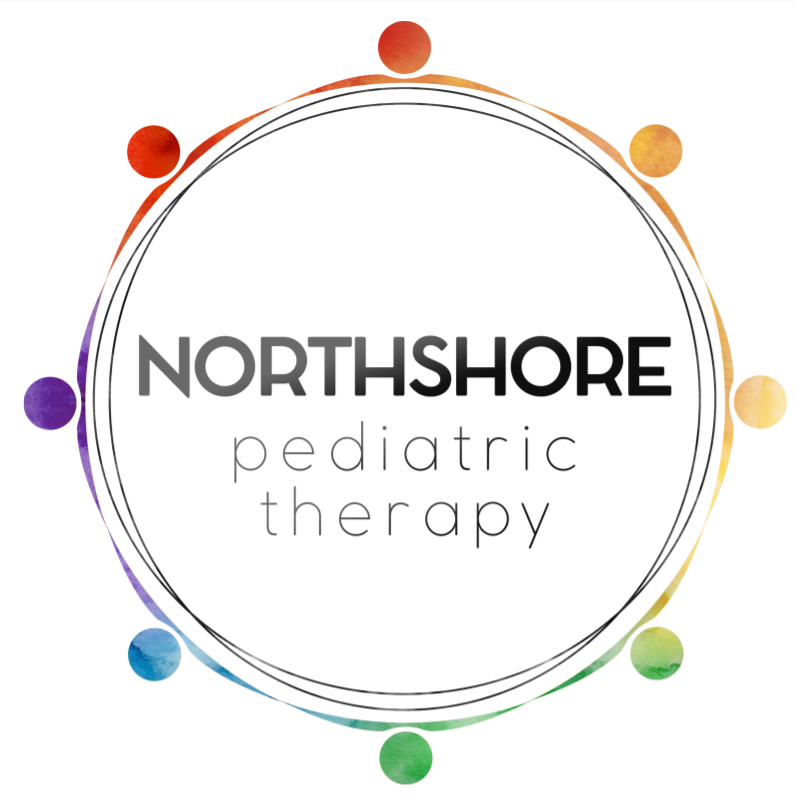What is OWL, and Why Is It So Important?
Written by Karen James-Margarint, MA, C-SLPA
*Information is adapted from the Hanen “It Takes Two to Talk” Program
What is OWL?
OWL stands for Observe, Wait, and Listen. These are three strategies parents and caregivers can use every day to help facilitate and encourage communication with their child. Furthermore, the OWL strategies are important because when implemented all at once, they allow your child to lead during any communication opportunity. “OWLing” are strategies that can be done during any interaction with your child throughout the day, such as at meal time, bath time, playtime, at the grocery store...basically, it can be done anywhere at any time!
Here’s the breakdown of the OWL strategies along with tips on how to use them:
Observe: To learn and understand more about your child, it’s important to take the time to observe her--what are her gestures and facial expressions and what kinds of actions does she like to do? Observe what she is pointing or looking at. When you tune in to your child, you can learn a lot about what she’s interested in and what she wants to communicate to you.
Wait: This seems like a simple concept but it carries a lot of power when it comes to understanding what your child wants to communicate. Just the simple act of waiting gives you time to observe what your child is interested in. To facilitate communication during this step, you can:
1) stay silent and wait for 5-10 seconds,
2) lean forward, and
3) look at your child expectantly.
This signals to your child that you are ready to respond to her or for her to take the lead in communicating with you. And remember, once she communicates, be ready to respond to her right away!
Listen: When you listen to your child, it means you are paying close attention to ALL of your child’s words and sounds without interrupting her. Your child needs to know that what she is communicating is important to you. At times, you may not be able to understand what your child is saying. In this case, look around for clues and try and guess what she is trying to tell you; you can even imitate her sounds or actions then wait and see if she responds. Making the effort to understand what your child is saying gives her confidence and the motivation to communicate more and as parents and caregivers, this is our goal!
So the next time you are playing, reading, or just spending time with your child, remember to use the strategies of OWL to encourage your child to communicate with you.
*This system was developed by the Hanen Centre, a Canadian not-for-profit charitable organization with a global reach. Its mission is to provide parents, caregivers, early childhood educators and speech-language pathologists with the knowledge and training they need to help young children develop the best possible language, social and literacy skills. This includes children who have or are at risk for language delays, those with developmental challenges such as autism, and those who are developing typically. For more tips and strategies on building interaction into every part of the day, visit their website at www.hanen.org.
Interested in learning more? We would love to hear from you!



